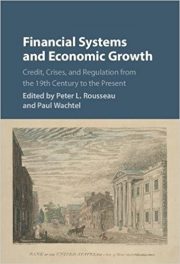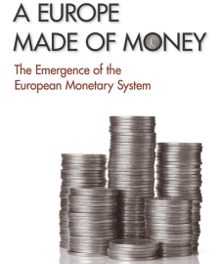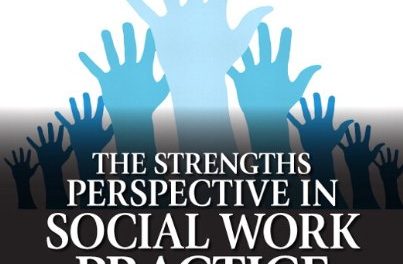Author: Ellie Kay
Publisher: Waterbrook Press, 211 pages
Book Review by Nano Khilnani
Ellie Kay shows us in this handy, highly useful book that managing your money does not have to be a time-consuming chore that some people either keep putting off or think as to what time and on which day they should buckle down to tackle any of a myriad of tasks they should accomplish, ranging from balancing their checkbook to setting up a systematic or automatic savings plan.
What Ellie suggests is that you spend only one hour per week managing your money. There are 168 hours in a week and putting aside one hour amounts to less than one percent of that time. As a matter of fact, it is less than six tenths of one percent. The average person spends more time than that eating lunch over a week, no matter how fast they eat.
Do you spend as little as ten minutes a day eating lunch? That is 70 minutes a week, more than the 60 minutes suggested by Ellie. Chances are you spend more than 10 minutes a day in this activity.
Ellie Kay is the author of 14 books, with two of the popular ones being The Little Book of Big Savings and Living Rich for Less. She is a commentator on the radio show Focus on the Family which airs on more than 2,000 radio outlets worldwide. She has also appeared frequently on ABC, CNBC and CNN.
When it comes to making, saving, growing and spending money, there are certain needs in the civilized world common to all of us, among which are: earning a salary and / or commission, deriving profits from a business, spending for necessities, such as food, rent, mortgage payment utility bills and the like.
The major savings requirements are for buying a house, sending kids to college, and saving for retirement. The “growing your money” part has to do with investing in assets that grow in value and/or provide you passive income, such as a rental property for example. And the “spending your money” part has to do not only with paying for your necessities but also for a host of discretionary items, such as taking vacations, enjoying meals in a restaurant, having massages or getting your nails done, for example.
Accordingly, Ellie has organized her book along making, saving, growing and spending your money into 14 chapters, each of which is a 60-minute workout.
This simple organization into 60-minute workout chapters is the essence of the beauty of this book. It is a delight to read each chapter. You want financial freedom? Who doesn’t?
Read the first chapter “60 Minutes to Financial Freedom.” You want to pay off your debt? Read Chapter 5: “The 60-Minute Debt Workout.”
Ellie has an easy-to-follow method on completing each sixty-minute money workout:
“This is how the sixty-minute money workout works: every chapter has a different goal for the workout, such as retirement planning, vacation trips, or paying down consumer debt. You will have a timer and specific materials for each workout (such as calculators, Internet access, bills, etc.). The prep work for each exercise will list the materials you need. At the end of each chapter, you will find a tip sheet that will serve as an outline when you have the weekly topical workouts.”
“As with a physical workout, the keys to your success are consistency and intensity. For this to workout to facilitate the miraculous in your life and revolutionize your finances, you have to practice it regularly (at least once a week) and you have to abide by the boundaries.”
The tip sheet at the end of each chapter has five items that put and keep you on proper focus to achieving your specific money goal and purpose. When a couple agrees to save a specific amount of dollars, the tip sheet helps them achieve that goal.
One of the most critical chapters in the book is Chapter 2: “The 60-Minute Split Personality Workout.” In a typical marriage, Ellie points out that each partner has different attitudes and behavior towards money. One partner may be a saver, the other a spender. If the larger earner is also a wild spender, that could spell financial trouble for couple.
Fortunately there are ways to use these conflicting attitudes and behaviors to the couple’s advantage and create a mutually beneficial and satisfying relationship, as well as instill essential financial values into their children that will help them learn how to handle money and lead happy lives.
I strongly urge the reader to get this wonderful book and use it to get your financial life in better working order, no matter how much or how little your income is or how wealthy or poor you are. Get it to improve your financial well-being and contentment.






